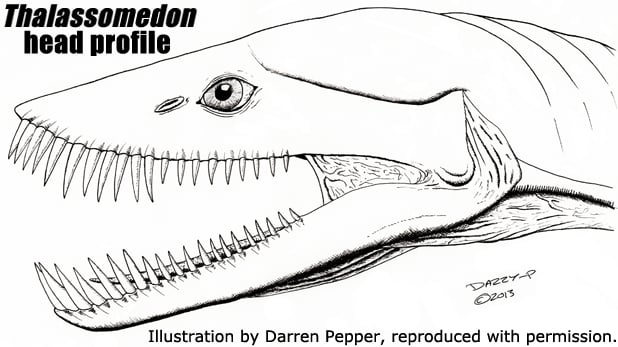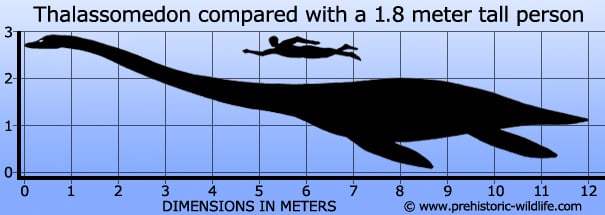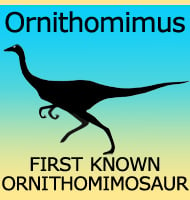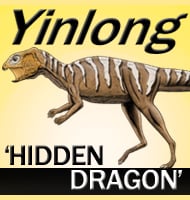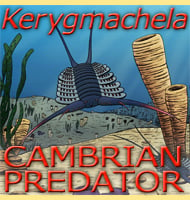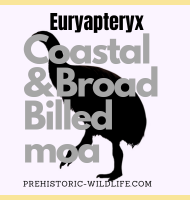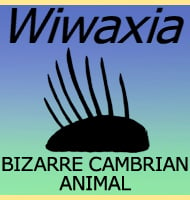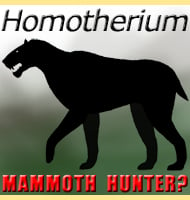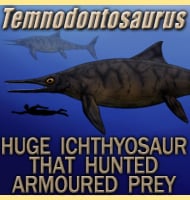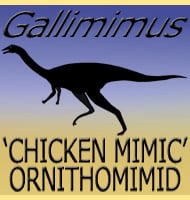In Depth
Thalassomedon is regarded as a mid-sized elasmosaurid plesiosaur, especially when compared with larger genera like Mauisaurus. The distribution of Thalassomedon remains show that it swam in the Western Interior Seaway, a Cretaceous sea that divided North America into two halves. Thalassomedon is so far only known from the early stages of the Late Cretaceous possibly because the rise of new predators, namely the mosasaurs occurred during this period, which saw new competition for existing fish stocks as well as new apex predators like Tylosaurus which would have directly hunted other marine reptiles. Stomach stones have been found in association with Thalassomedon remains, but while the popular explanation for their presence is ballast, closely related plesiosaurs like Styxosaurus have also revealed the partially digested remains of fish amongst these stones. This strongly suggests that these stones were actually primarily used as gastroliths and were for the purpose of aiding digestion. Further research into how much ballast was provided by the stones found with some plesiosaur remains has indicated that the benefits would be marginal at best.
Like with many other elasmosaurid plesiosaurs, half of the length of Thalassomedon was made up of neck. Inside Thalassomedon this neck was made up of sixty-two vertebra. Another genus of elasmosaurid plesiosaur called Alzadasaurus riggsi was also named in 1943, but today this is regarded as a synonym to Thalassomedon. Another species of Alzadasaurus, A. colombiensis, has been renamed as Callawayasaurus, while other species are synonyms to Styxosaurus.
Further Reading
– Elasmosaurid plesiosaurs with description of new material from California and Colorado – Memoirs of the University of California 13:125-254 – S. P. Welles – 1943. – Revision of North American elasmosaurs from the Cretaceous of the Western Interior – Paludicola 2(2):148-173 – K. Carpenter – 1999.
